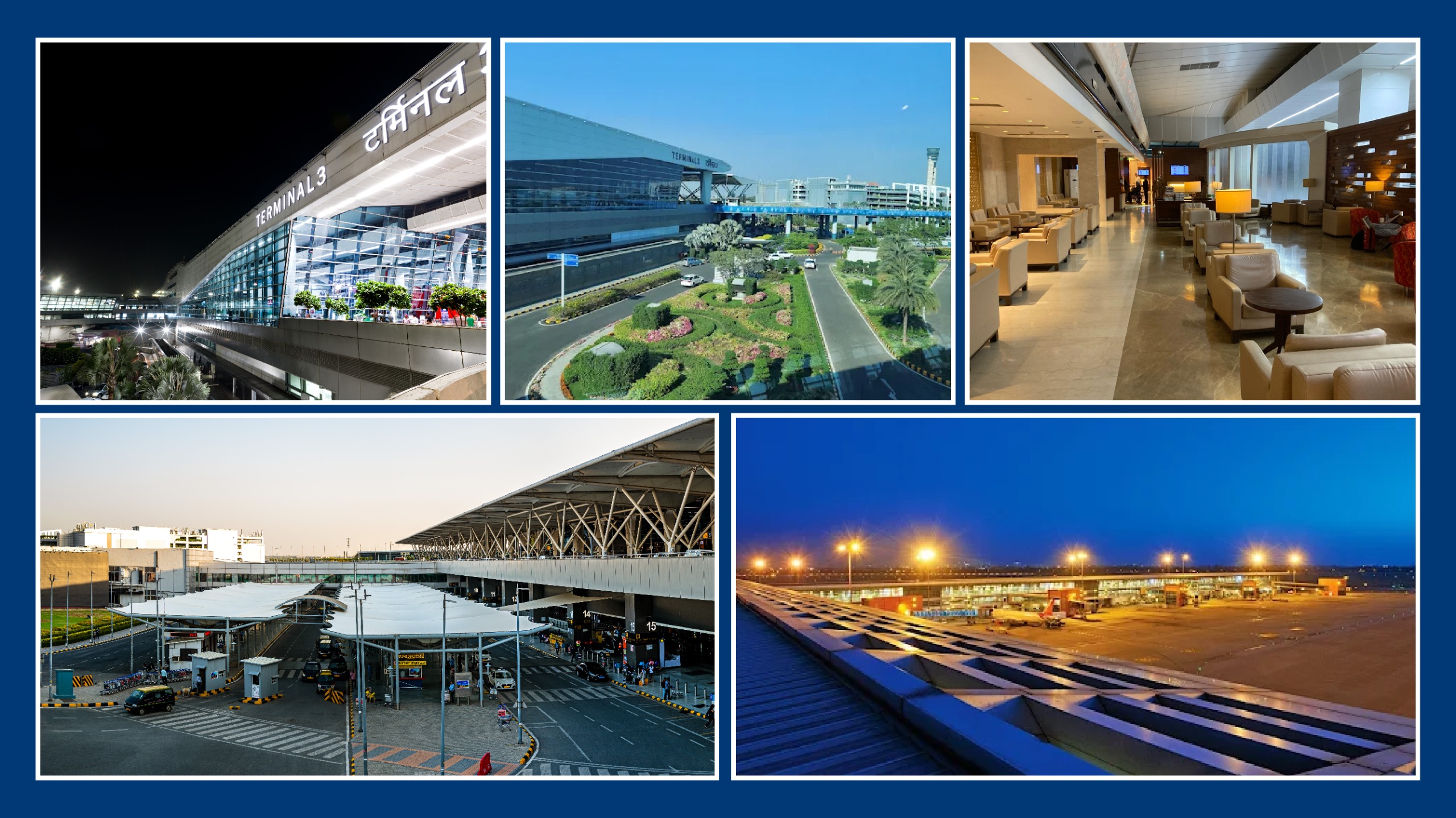
Why One-Stop Engineering & Management Is the Smart Choice for Complex Infrastructure
18-Oct-2025
In the demanding landscape of modern infrastructure development and management, complexity is the only constant.
Large-scale infrastructure projects require seamless collaboration among multiple disciplines, rigorous quality assurance and precise financial control. Traditionally, organizations engaged separate vendors for design, engineering, procurement and project management, a structure that often leads to miscommunication, duplication and costly overruns.
A One-Stop Engineering & Management Service Provider, however, brings every function under one umbrella. The result is a unified, intelligent and accountable delivery model that enhances efficiency, mitigates risks and assures consistency throughout the project’s lifecycle.
The Fragmentation Problem in Traditional Delivery
In fragmented project ecosystems, various consultants, contractors and service providers operate independently, each focusing narrowly on their own scope. While this model offers specialization, it also creates disconnects that cascade into systemic inefficiencies:
- Gap in Communication: Multiple stakeholders with different reporting structures and tools can create information silos, resulting in critical updates being missed or delayed.
- Blurred Accountability: When many vendors share overlapping responsibilities, accountability becomes diffused, making it difficult to pinpoint and resolve issues quickly.
- Duplication of Effort: Redundant documentation, parallel reviews and repetitive validations increase both time and cost burdens.
- Inefficiency in Procurement: Uncoordinated procurement across vendors leads to inconsistent standards, over-purchasing, and supply chain delays.
These challenges highlight the need for an integrated governance model, where collaboration, communication and control are centralized.
Why a One-Stop Engineering & Management Provider Works
1. Streamlined Project Management
In an integrated model, project management transforms from coordination chaos to cohesive execution.
- Unified Command Structure: A single point of leadership oversees all phases, design, engineering, procurement and construction, ensuring that every team aligns with the overall project vision.
- Real-Time Coordination: Centralized information flow across teams eliminates bottlenecks. Tasks are tracked transparently, allowing for immediate corrective actions when deviations occur.
- Decision Velocity: With shared access to data and clear accountability, decision-making becomes faster and more informed. Instead of waiting for multi-vendor approvals, the integrated team acts swiftly, maintaining momentum at every stage.
- Operational Synergy: The same leadership framework manages interfaces between design and execution teams, avoiding conflicts that often arise when drawings, specifications, or site conditions evolve.
2. Cost and Time Efficiency
Integration is not just about convenience, it directly impacts the bottom line.
- Reduced Administrative Overhead: With one consolidated contract, organizations save on time and resources otherwise spent managing multiple vendors, contracts and invoices.
- Optimized Resource Utilization: Centralized planning allows shared resource pools, labor, equipment and materials, to be deployed optimally across project phases.
- Elimination of Redundancy: Tasks such as inspections, documentation and testing are streamlined under a unified system, minimizing duplication of work.
- Accelerated Approvals: A single governance framework removes inter-vendor dependencies that typically slow progress. Faster internal alignment means faster execution.
- Long-Term Savings: Reduced rework, fewer claims and better procurement leverage translate into substantial lifecycle cost savings.
3. Consistent Quality Across All Phases
Quality control is often the first casualty in fragmented projects. A unified provider ensures continuity of standards and practices throughout.
- One Quality Framework: From design through commissioning, a single quality management system governs every stage. This consistency prevents mismatch between design intent and actual execution.
- End-to-End Traceability: Every decision, material and test result is logged within a unified digital platform, making quality assurance transparent and auditable.
- Collaborative Design-Execution Feedback Loop: The same engineering and execution teams share feedback in real time, quickly resolving constructability or compatibility issues.
- Compliance Simplified: Regulatory and safety standards are tracked continuously, reducing the risk of non-compliance or failed audits.
- Predictable Outcomes: A common methodology minimizes variability, ensuring that the delivered infrastructure performs as intended, reliable, durable and compliant.
4. Better Risk Management
Complex infrastructure inherently involves risk, technical, financial, contractual and operational. Centralized management transforms how these risks are anticipated and mitigated.
- Holistic Risk Visibility: Integrated oversight allows early identification of potential challenges across design, supply chain and execution.
- Cross-Functional Collaboration: Engineers, procurement specialists and project managers work on shared dashboards and risk registers, ensuring coordinated mitigation strategies.
- Rapid Response Mechanisms: When deviations or incidents occur, a single accountable authority can act immediately without waiting for inter-vendor clarifications.
- Data-Driven Decision-Making: With unified monitoring systems, risk assessments are based on real-time analytics rather than fragmented reports.
- Reduced Claims and Disputes: Clear accountability eliminates gray areas that often lead to contract disputes, delays and financial claims.
Conclusion
Adopting a One-Stop Engineering & Management Model redefines how large infrastructure projects are governed. It brings together clarity, accountability, efficiency and foresight, the four pillars of successful delivery.
At GEMS (GMR Engineering & Management Services), part of the prestigious GMR Group, we embody this integrated philosophy. With a multidisciplinary team of over 400 engineers, we deliver end-to-end solutions, from conceptual design and procurement to execution and commissioning, ensuring every project achieves technical excellence, cost efficiency and operational sustainability.
“Fragmented responsibilities often amplify errors, delays and cost overruns in large projects. Bringing all engineering and management functions together under one entity enables proactive problem-solving and seamless execution. GMR Engineering & Management Services exemplifies how comprehensive oversight and scale create projects that are both efficient and robust.” - Roy Sebastian, CEO, GEMS
Please contact 📧 Rohitkumar.Singh@gmrgroup.in 📞 +91 97171 99753


